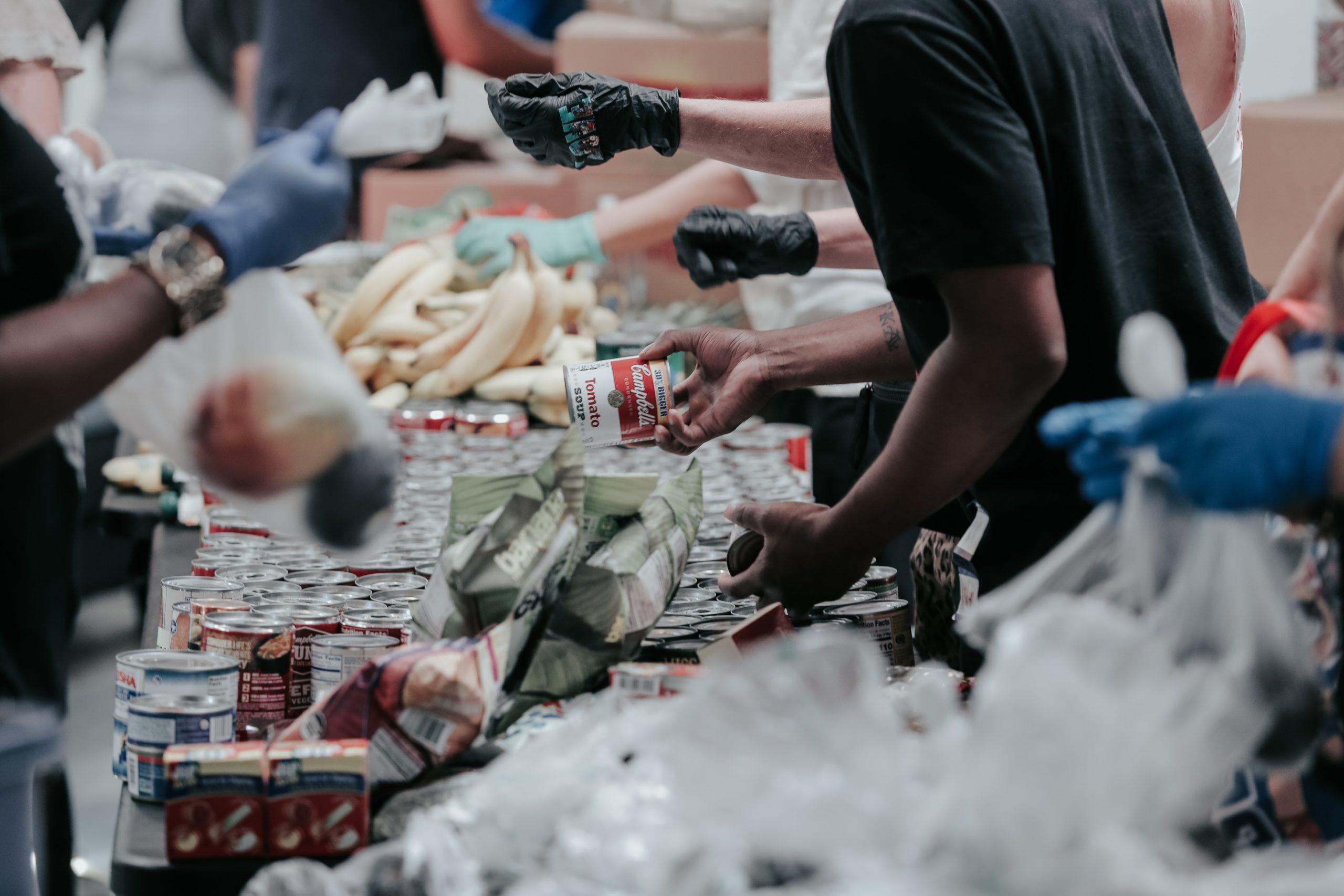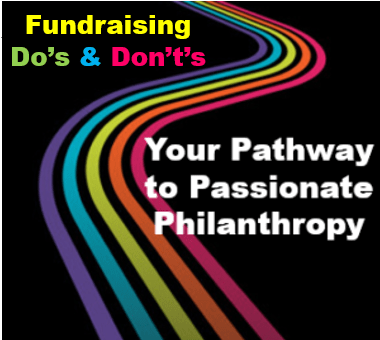The True Meaning of Giving Tuesday
 This year Giving Tuesday is December 2nd. So, soon.
This year Giving Tuesday is December 2nd. So, soon.
If you’ve not done so already, now is a good time to think about whether or not you want to jump on the bandwagon and, if so, how. There is more than one way to slice this particular piece of pie. And, really, that’s what Giving Tuesday is – just one piece of your total annual fundraising strategy.
You don’t want to blow it out of proportion. But you probably don’t want to ignore it. Rather, plan ahead to put it into a context where it will complement your other year-end communications and fundraising strategies.
Let’s take a closer look.
What is Giving Tuesday?
I confess I’ve been a bit of an apologist for the “holiday.” I like to turn the tables by actually giving to donors, rather than asking them to give yet one more time during this busiest fundraising time of the year.
Plus, I often say if you want gifts, you must give them. What better time to do so than on giving Tuesday?
Of course, asking can also be a form of giving. So, I love appeals on this date that give people the option of giving money or supporting you in other ways (e.g., volunteering; in-kind donating; advocating, etc.).
It’s all philanthropy (aka “love of humanity”).






 All you’ve got to do is ask!
All you’ve got to do is ask!


 When the world feels wildly out of whack, it’s time to figure out how to bring things back into some semblance of balance.
When the world feels wildly out of whack, it’s time to figure out how to bring things back into some semblance of balance.
 Shifting politics are creating economic uncertainty for all, and it’s especially scary for U.S. nonprofits who, on average, receive about a third of their total funding from Federal grants. This means nonprofits today need to shift emphasis (and budget) toward individual donor engagement strategies. Giving USA reports
Shifting politics are creating economic uncertainty for all, and it’s especially scary for U.S. nonprofits who, on average, receive about a third of their total funding from Federal grants. This means nonprofits today need to shift emphasis (and budget) toward individual donor engagement strategies. Giving USA reports 
 Can the act of philanthropy make people feel better?
Can the act of philanthropy make people feel better?